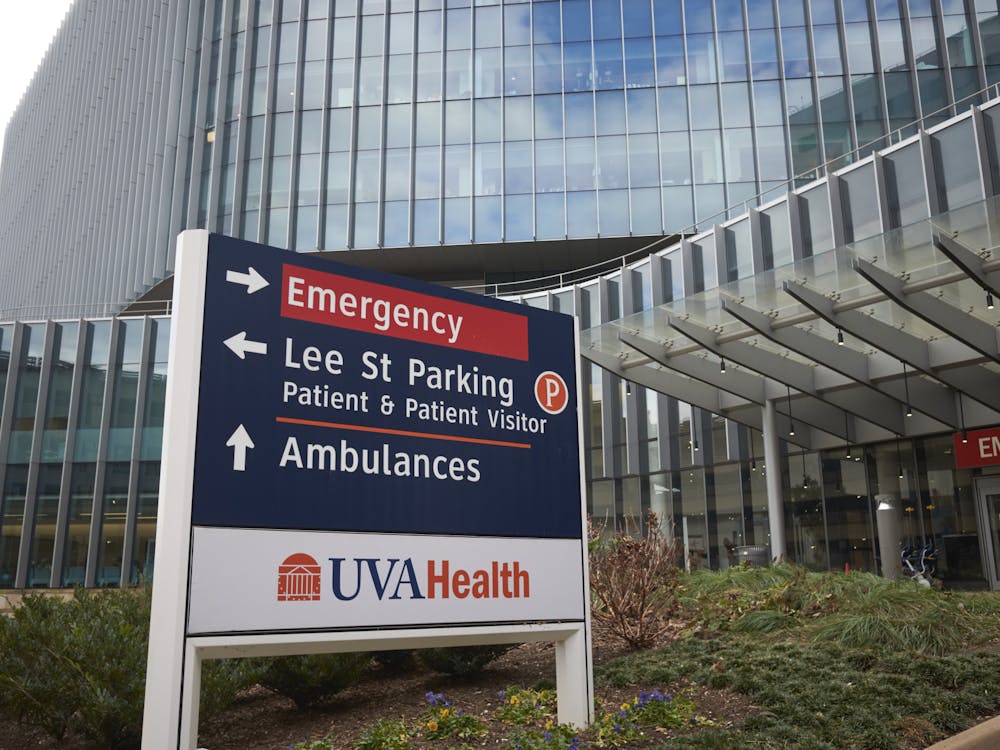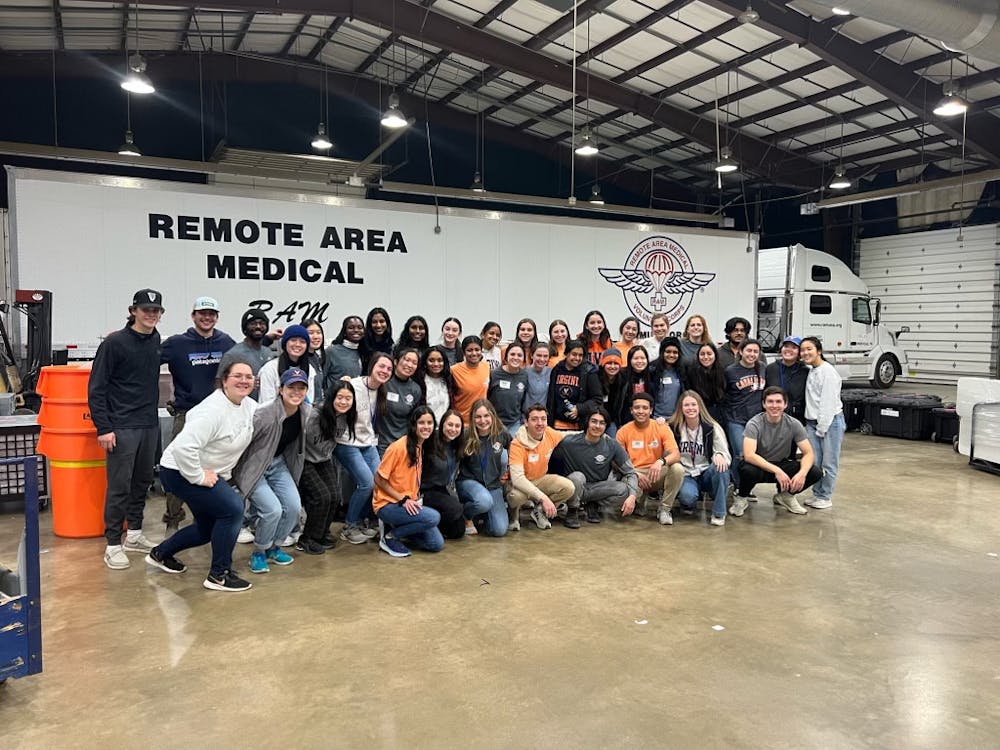Researchers at the Medical School have developed a technique to watch the movement of genes inside living cells in real time.
By mapping out gene locations in 3D, scientists can shed light on cancer and other diseases while being able to work towards finding a cure as well as better treatments. Mazhar Adli, a researcher and assistant professor of biochemistry and molecular genetics, and his colleagues at the University and the University of California, Berkeley are the brains behind this new cell imaging technique that took three years to discover.
This new method overcomes many limitations of cell imaging. Scientists usually experiment on hundreds of millions of cells, and these traditional methods require scientists to kill cells before looking inside them. This new method avoids the latter, as killing cells is not only time-consuming but also a poor way to approximate what is happening with the DNA inside living cells.
DNA is clumped inside the nuclei of cells in loops. The new gene imaging technique uses the CRISPR gene editing system, which modifies DNA. The CRISPR system contains two components. The first component is a small piece of RNA which binds to a target sequence via standard base pairing. The second component is the cas9 protein that binds to the marked sequence and cuts it.
Since RNA can be synthesized easily and then used to determine a target region, researchers commonly utilize this system for genome editing. Researchers flag specific genomic regions with fluorescent proteins and then use the CRISPR system to conduct chromosome imaging. They can also use CRISPR to turn certain genes on and off.
“Since the cells are alive, we are able to take movies of the gene movements, which allow us to understand their dynamic organization,” Adli said.
This technique improves upon old techniques like in situ hybridization, which only allow researchers to examine one part of the genome at a time.
“There is a technique called RNA in situ hybridization where you use fluorescent labeled probes and detect transcription within the cell,” Sanchita Bhatnagar, assistant professor of biochemistry and molecular genetics, said.
In situ hybridization is used to reveal the location of specific nucleic acid sequences on chromosomes or in tissues. This is a crucial step for understanding the organization, regulation and function of genes.
Bhatnagar studies transcription silencing and its role in human diseases, such as breast cancer and Retts disease — a rare genetic disease that affects brain development in females. Bhatnagar’s lab works on coming up with novel approaches to reactivate the x-chromosome. More specifically, they are looking at the RNA species that are coming from the RNA x-chromosome.
The new imaging technique will help Bhatnagar’s lab carry out their research more effectively.
“We would definitely like to use [live DNA imaging] because we can look at multiple genomic regions at the same time,” Bhatnagar said.
While the new technique is primarily for DNA, Bhatnagar believes the imaging technique will be a good foundation to look at the RNA as well since her lab focuses on transcription, or the process of converting DNA to RNA.
“If we can look at multiple loci, it would be a good thing for us to quantitate,” Bhatnagar said.
This method works for every cell type, but researchers still need to transfer some external DNA into the cells and some cells are resistant to taking in external DNA. This external DNA is used to help scientists make certain genes glow within the cell.
Adli said he plans on utilizing his research to examine how various diseases affect human genes in the future.
“We want to use this to understand how genes are differentially organized in normal versus diseased settings such as cancer,” Adli said.




